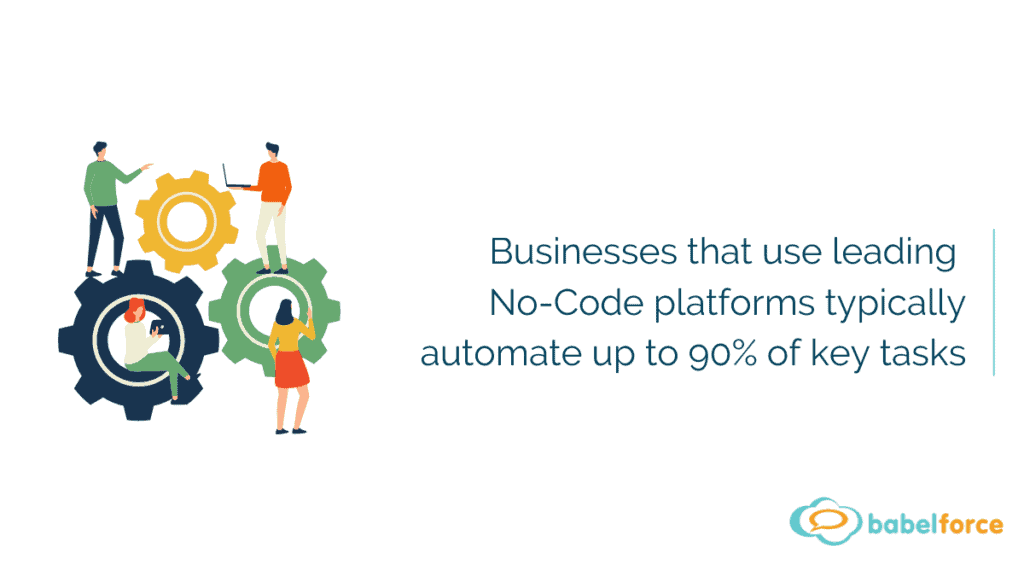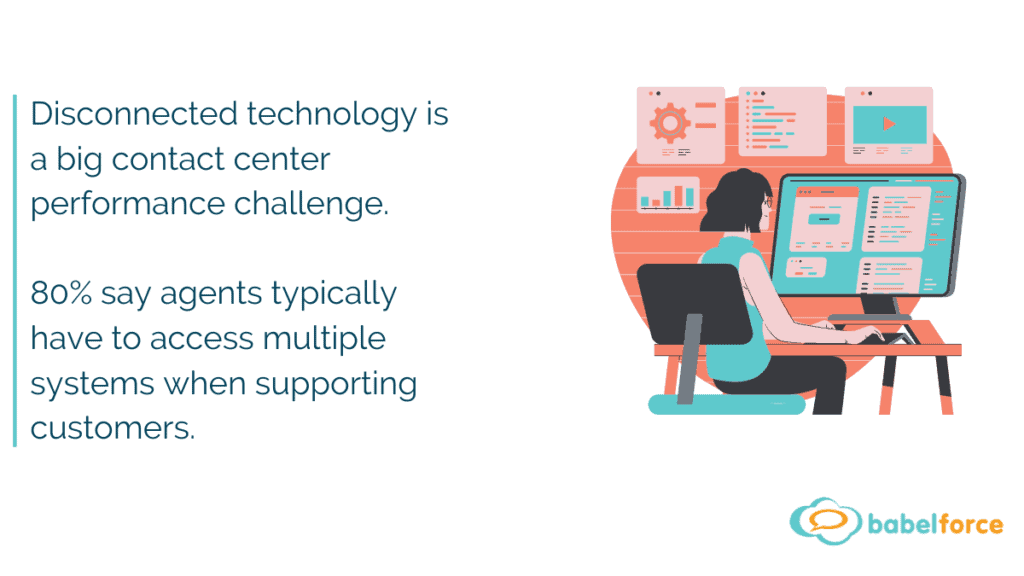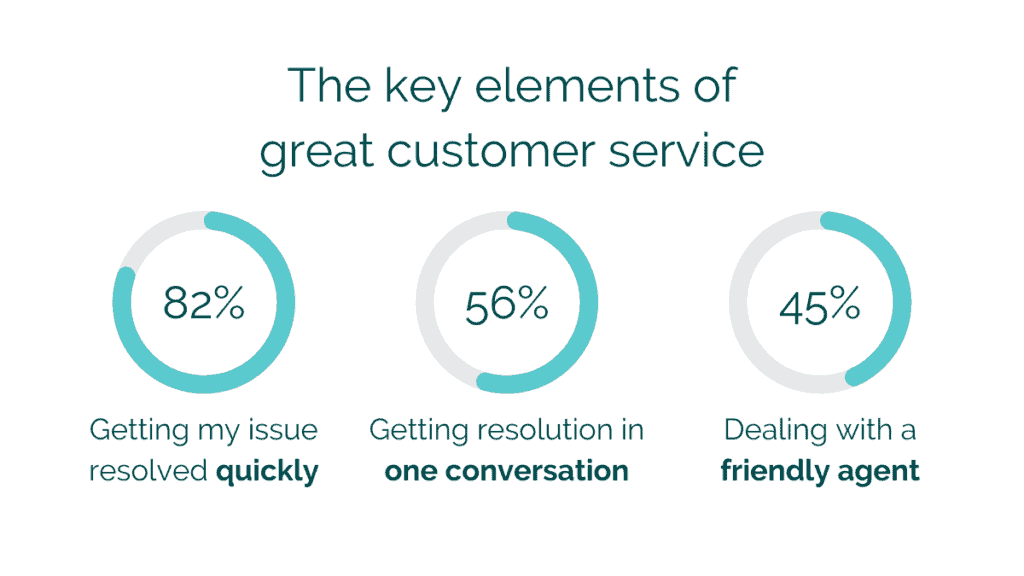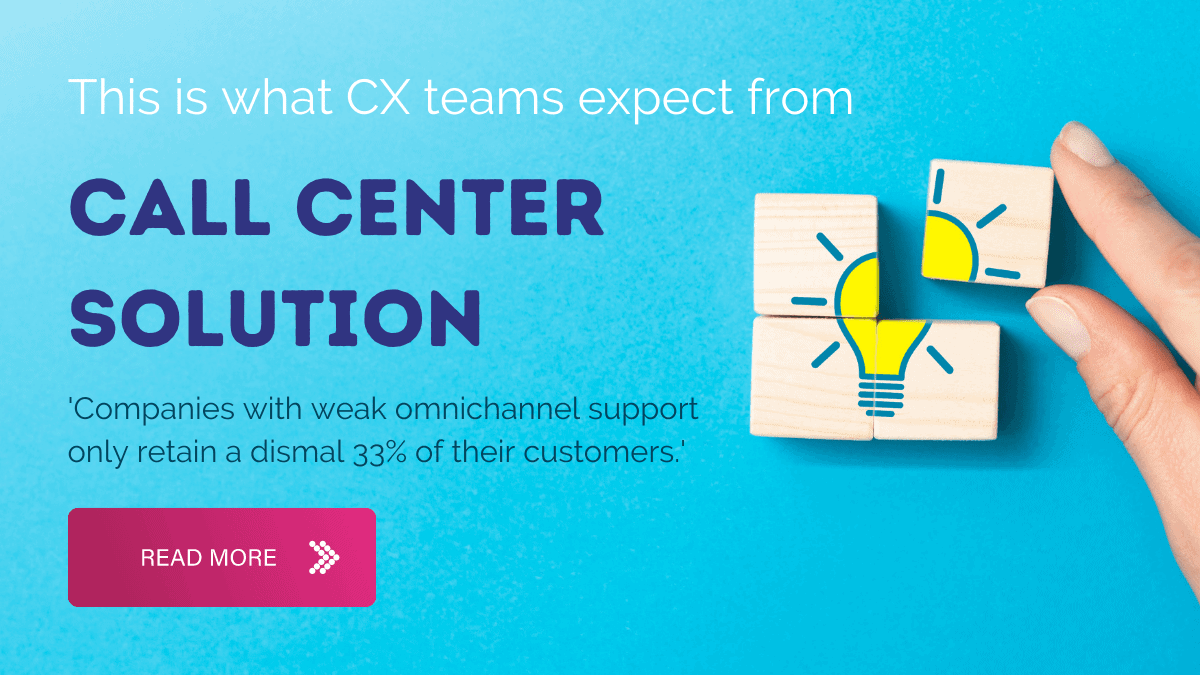Creating the right customer experience for clients requires the support of strong call center solutions, which sometimes falls short. Nothing compares to the frustration of being let down by call center tech but this is unfortunately a position that most call center CX teams have found themselves in.
Call center support software is supposed to make everyone’s lives easier, but when it doesn’t have the right features, it can make working efficiently and productively harder than it should be. So what do CX teams actually want from their call center solution? What is a call center solution that ticks all the right boxes? Here’s what top-rated CX teams are looking for in their call center solution.
What are call center solutions?
Call center solutions are the various pieces of software that businesses deploy in order to serve their customers. These will usually include things like CRM, ACD and Helpdesks, as well as multi-purpose SaaS tools with generic functionality.
In this post:
Your call center solutions should…
- handle more than just calls
- integrate easily with surrounding tools
- enable self-service as standard
- make outbound easy
- be context-aware
What should your call center solution achieve?
1. It should handle more than just calls
We live in an omnichannel world and our call center software should be able to reach customers where they are. This goes beyond just making and receiving calls — it must support and integrate multiple forms of customer communication. And this isn’t just for the convenience of the call center employees.
CX teams speak to customers daily and have a need to be able to communicate in the most convenient way possible. Contrary to popular belief, a phone call isn’t always the most convenient way. In one survey, 85% of customers reported a preference for receiving a text from a company, rather than a voice call or an email.
What’s the benefit?
Yes, omnichannel support makes life easier for customers, but how does that impact call center KPIs? Quite significantly it turns out! Companies with strong omnichannel customer engagement retain 89% of their customers on average. This is even more impressive when you compare it to the fact that companies with weak omnichannel support only retain a dismal 33% of their customers.


2. It should integrate easily with surrounding tools
A constant need to switch from one window to another isn’t ideal for call center agents but it also has a knock-on effect on the overall customer experience. Data can get lost, processes end up becoming long-winded, and agents can become stressed or overwhelmed as a result of the decentralized workflow.
The worst thing is that it’s simply unnecessary! Modern call center solutions can integrate data from multiple platforms (including legacy systems) so no agents should have to work this way anymore.
What’s the benefit?
One of the biggest problems facing call centers globally is agent attrition rates. It’s notoriously hard to hold onto agents, so anything you can do to make their work easier, is going to help hold onto your workforce.
But it’s not just about the agents. Integrated call center solutions reduce call times (without impacting the quality of interaction). During a typical 6-minute call, an agent spends 75% of that time doing manual research, meaning that actual customer interaction is at a meager 25%. An integrated call center solution helps put all the relevant customer data in one place, cutting back on unnecessary time spent trying to gather information.

3. It should enable self-service as standard
Give the customers what they want! And in this case, it’s automated self-service. If given the option, customers would much rather get something done themselves than wait around on a call while an agent does it for them. In fact, 73% of customers feel that they should have a self-service option without needing to speak to an agent. So if your call center solution doesn’t provide that, it’s likely negatively affecting your customer experience.
What’s the benefit?
It’s a no-brainer — if your customers prefer self-service, they’re more likely to stick with your company. What’s more, self-service options are cheaper for your call center than letting an agent handle every query, on average. And it’s not just slightly cheaper, it’s significantly cheaper!
The average voice call query costs your call center a whopping $8.00. Meanwhile, app and web-based queries can cost as little as $0.10. Integrating self-service options will help your call center reduce its overall budget and free up time for agents to address more complex and pressing customer queries.
4. It should make outbound easy
To provide proactive customer service (as opposed to reactive), it’s essential that your agents can easily manage outbound calls. Customers now expect your company to reach out to them — whether it’s to inform them of a service disruption or to let them know when they’re due an upgrade. The days of waiting around for a customer to get in touch are gone and integrated outbound solutions are the future for all contact centers.
What’s the benefit?
Contact centers may have shied away from “unnecessary” outbound calls in the past, but with VoIP technology going mainstream, the cost of outbound calls has dramatically reduced. This means there’s really no excuse not to take advantage of the retention power of outbound contact. Not only does outbound contact create opportunities for upselling either. It’s also been shown that 87% of customers form a positive image of companies that make follow-up calls. The early bird catches the worm, and this couldn’t be more true for outbound contact. 30-50% of sales go to the first vendor who responds, so your contact center can also utilise outbound contact to respond quicker to potential leads.

5. It should be context-aware
Outdated software frustrates agents and leads to negative customer experiences. Context-aware call center solutions, on the other hand, have the capacity to adapt to the needs of individual customers and create a personalized customer experience for each one.
What’s the benefit?
66% of customers expect companies to understand their unique needs and experiences, and adapt their services accordingly. Coupled with the fact that an alarming 96% of customers are likely to churn if they must make a lot of effort, and you can see why context awareness is so important.
With a context-aware call center solution, customers won’t have to repeat the same information to multiple agents or get routed to the wrong departments. The customer experience is smooth and effortless, and agents are given the tools they need to provide personalized customer service.




